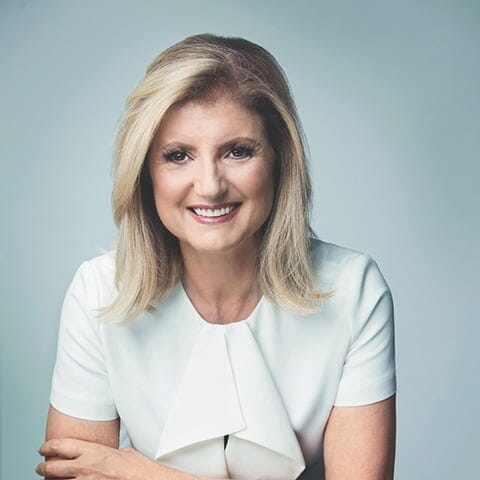 author
authorDiscover the Best Books Written by Elizabeth L. Eisenstein
Elizabeth Lewisohn Eisenstein (October 11, 1923 – January 31, 2016) was an American historian of the French Revolution and early 19th-century France. She is well known for her work on the history of early printing, writing on the transition in media between the era of 'manuscript culture' and that of 'print culture,' as well as the role of the printing press in effecting broad cultural change in Western civilization.
Eisenstein was educated at Vassar College, where she received her B.A., then went to Radcliffe College for her M.A. and Ph.D. It was there she studied under Crane Brinton. She reported that in the early 1950s, she could not find a position in a university history department, not even part-time work. In 1957, after she had obtained her Ph.D., she and her husband moved to Washington, D.C., where she applied to multiple institutions for teaching positions, including Georgetown, George Washington University, Howard, and the University of Maryland.
She eventually found a part-time position at American University. She taught as an adjunct professor at American University from 1959 to 1974, then at the University of Michigan, where she was the Alice Freeman Palmer Professor of History. In 1979 she was a resident consultant for the Center for the Book at the Library of Congress.
She held positions as a fellow at the Humanities Research Center of the Australian National University and the Center for Advanced Study in the Behavioral Sciences (Palo Alto). Eisenstein was visiting professor at Wolfson College, Oxford, and published her lectures from that period as Grub Street Abroad. She was professor emerita at the University of Michigan and an honorary fellow of St Cross College, Oxford.
Her last work was Divine Art, Infernal Machine, and the Reception of Printing in the West (Penn Press, 2011). Eisenstein is the third daughter of Sam A. Lewisohn, son of Adolph Lewisohn and Margaret Seligman, granddaughter of Joseph Seligman and Babet Steinhardt. She married Julian Calvert Eisenstein in 1948. They had four children - one who died at birth in 1949 and another who died suddenly from a cerebral hemorrhage in 1974.
Her husband passed away three months after her death. They were survived by two children, three grandchildren, and two great-grandchildren. From age 50, Eisenstein began competing in senior tennis tournaments, becoming well-known and winning three national grand slams between 2003 and 2005.
Best author’s book



Written books
1



















